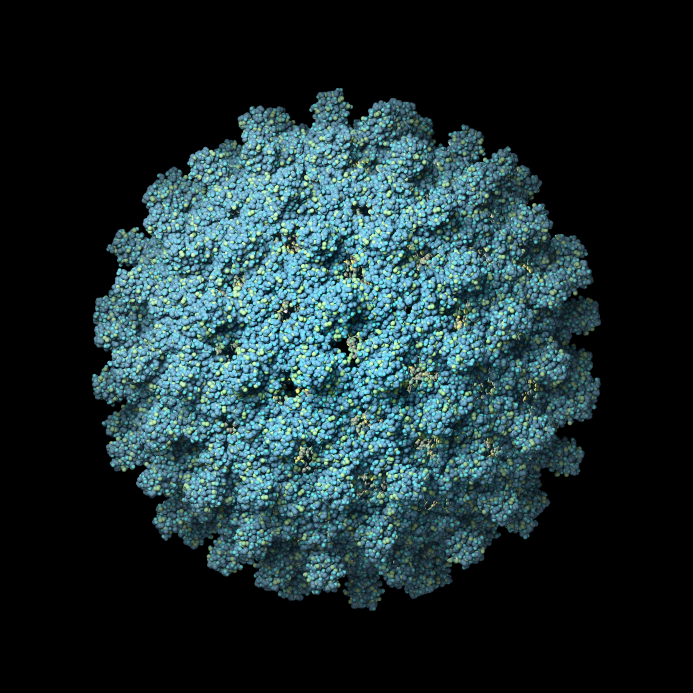A new adoption resource to support sonographers using the Virtual Touch Quantification to diagnose and monitor liver fibrosis in chronic hepatitis B and C guidance has been launched by the National Institute for Clinical Excellence (NICE).
The resource has been designed for both clinical and non-clinical staff who are planning to adopt Virtual Touch Quantification.
The NICE guidance on Virtual Touch Quantification (VTq), which was published in September 2015, supports the use of the technology in people with chronic hepatitis B or C who need a liver fibrosis assessment.
Using this technology could mean these patients can avoid having a biopsy. VTq is a software application which assesses the stiffness of the liver based on readings of a high intensity ultrasound wave which is transmitted through the liver. The technology measures the speed of the sound waves to determine the condition of the liver tissue and allows the liver to be imaged at the same time.
The adoption resource includes real-life examples from organisations that have adopted and used VTq for liver fibrosis assessment within their care pathways. Clinicians who participated in the development of the resource, reported that benefits of adopting VTq can include:
• A reduction in the number of liver biopsies carried out for patients with hepatitis B and C.
• A shorter care pathway for patients with hepatitis B and C.
• An alternative investigation method for patients who are at higher risk of adverse events following a liver biopsy.
• A more accurate measure of the degree of fibrosis because of real‑time imaging.
• Improved identification of the stage of liver fibrosis.
• The potential to more quickly rule out hepatocellular carcinoma (HCC), reducing the need for surveillance, number of clinic visits and costs.
• The test being non‑invasive.
Click here to read the Virtual Touch Quantification to diagnose and monitor liver fibrosis in chronic hepatitis B and C guidance.
Click here to view the accompanying NICE adoption resource.
